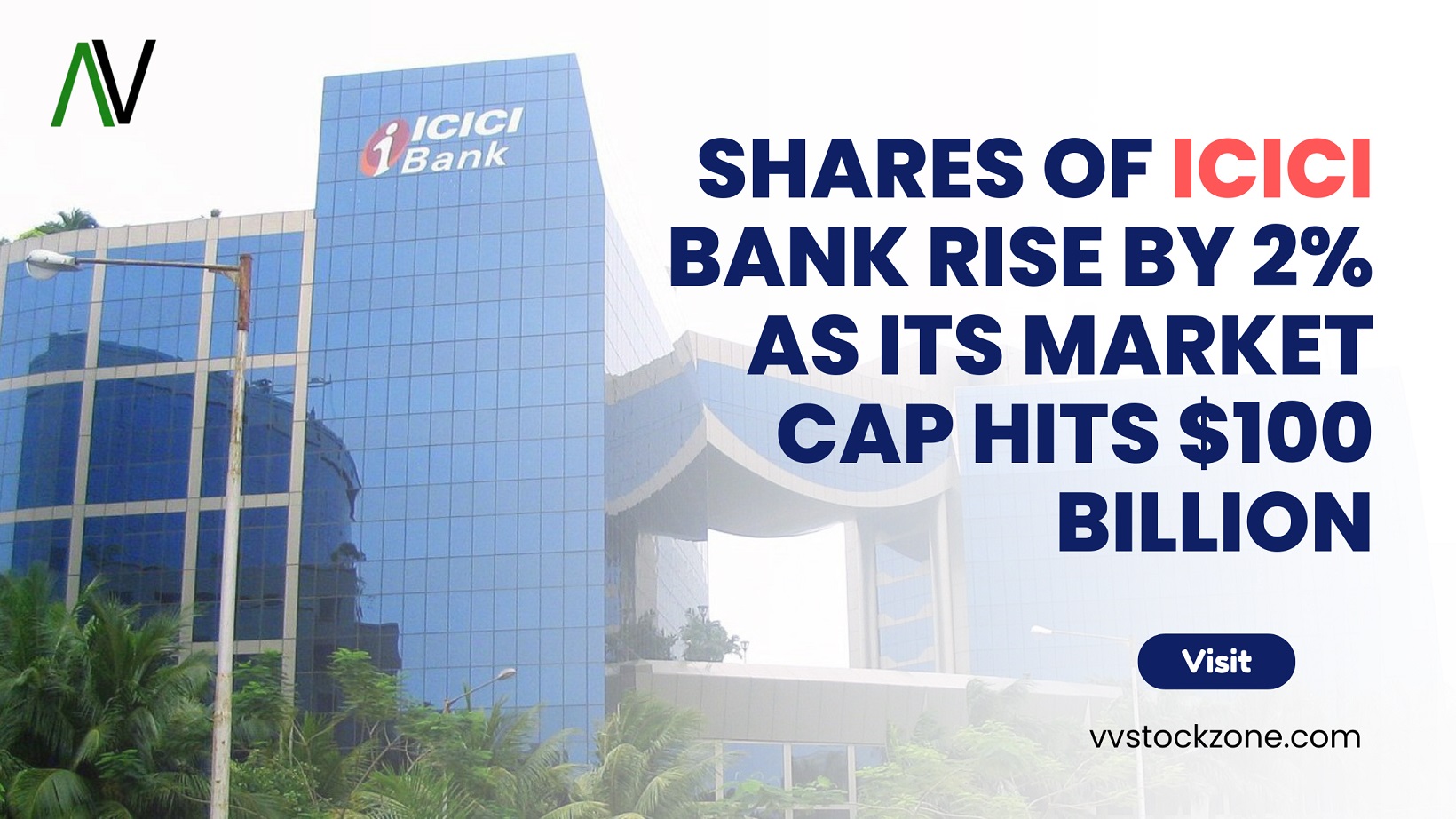The recent dispute between Apple and boAt has generated a discussion that goes beyond simple rivalry between the two companies’ products in the ever-changing world of advertising, where companies compete for consumers’ attention in a crowded market. Tanmay Bhat, Devaiah Bopanna, and the Moonshot team created the advertisement, which boldly positioned boAt as a serious competitor in the audio sector and poked fun at tech behemoth Apple. However, amid all of the attention it attracted, criticisms surfaced that questioned the campaign’s efficacy and strategy.
The advertisement initially seems to capture the traditional David vs. Goliath tale, a plot that is engrained in Indian advertising culture. An emotional connection is made with viewers when the underdog faces off against the titan, appealing to our societal tendency to support the underdog. Nevertheless, as the advertisement progressed, it became evident that the story lacked complexity and elegance, which infuriated internet users who saw it as a hurried attempt to attract attention.
Branding expert Harish Bijoor pointed out that although the advertisement was clearly confrontational, it was poorly executed. By portraying boAt as the “dominant non-brand,” it unintentionally damaged the company’s reputation and diminished its own credibility. The advertisement was unable to persuade customers to abandon Apple in favor of boAt because it lacked the force needed to break through to ardent “fanboys.”
The key to solving this problem is realizing the campaign’s purpose. Was boAt trying to increase the visibility of its own brand or was it trying to steal Apple’s devoted customer base? Communications strategy consultant Karthik Srinivasan provided analysis of boAt’s approach, arguing that the campaign was a calculated move to strengthen boAt’s position in its own niche market rather than an outright attack on Apple. Through emphasizing boAt products’ unique value proposition—which includes affordability and similar quality—the advertisement aimed to attract a different kind of customer.
It’s clear that boAt’s value-driven offerings are inferior to Apple’s premium ecosystem. While boAt appeals to a demographic aware of budget constraints without sacrificing quality, Apple commands a devoted following attracted to its flawless integration and prestige. But instead of effectively articulating this distinction, the advertisement took a shallow and oversimplified approach.
GingerMonkey’s founder, Abhishek Asthana, shared these ideas, criticizing the advertisement’s execution as hurried and lacking in meaningful content. Even though it was successful in creating buzz, its efficacy was eventually compromised by its inability to offer customers a strong enough incentive to switch brands.
The battle between Apple and boAt is ultimately a microcosm of the larger advertising scene, in which companies fight for dominance in a cutthroat market. The story of David versus Goliath is appealing, but it only works if a brand’s value proposition is articulated and executed strategically. The fact that boAt’s advertisement fell short of the mark in this particular case emphasizes how crucial it is to have subtle messaging and distinct branding in the competitive world of advertising.
One thing is evident as the dust settles on this most recent conflict: brands are competing for attention from consumers in a constantly changing market. It remains to be seen if boAt succeeds in its mission to challenge the status quo. However, one thing is for sure: in the world of advertising, the competition for relevance is fierce, and the ones who have the best slingshot will ultimately win.
Also Read: TAC Infosec IPO: Check Subscription Status, GMP Today



